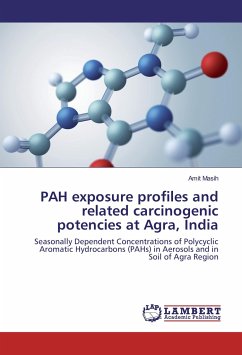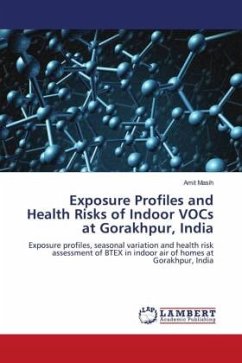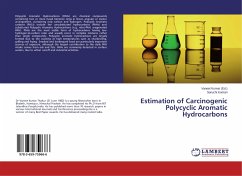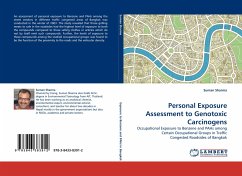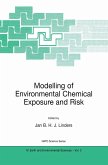Polycyclic aromatic hydrocarbons (PAHs) are neutral, non-polar organic molecules that comprise two or more benzene rings arranged in various configurations. They are the major culprits in urban areas causing human lung cancer. Thus, an investigation of 17 PAHs in aerosols and in soil was conducted at selected locations at Agra (semi arid region of India) covering industrial, residential, roadside and agricultural areas, for a span of one year in order to ascertain the contamination levels. The expected seasonal pattern in aerosols and in soil PAHs were observed, with winter maxima and monsoon minima. The average concentration of TPAH for the entire sample collected in ambient air was 34.71 ng/m3. In soils, the average concentration of TPAH was found to be 12.11 µg/g. The TPAH concentration in the ambient air ranged from 9.07-78.74 ng/m3, whereas in soils it ranged from 2.95-32.95 µg/g. Industrial site had the highest TPAH levels in both the matrices. Factor analysis suggests thatthe mixed signature of all the sources are intermediate between vehicular and combustion activities. B(a)P and chrysene contributed the highest carcinogenic exposure in aerosol and in soil respectively.
Bitte wählen Sie Ihr Anliegen aus.
Rechnungen
Retourenschein anfordern
Bestellstatus
Storno

